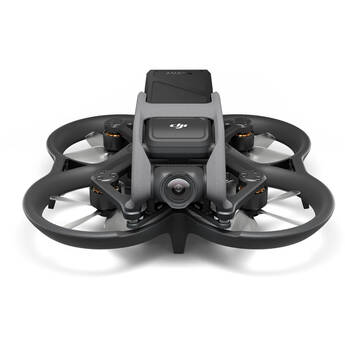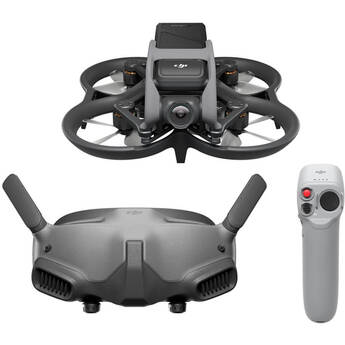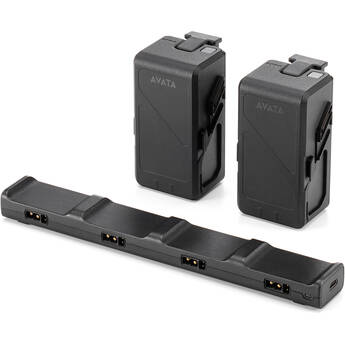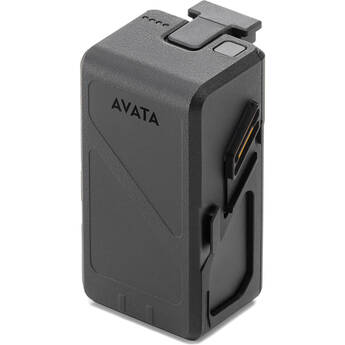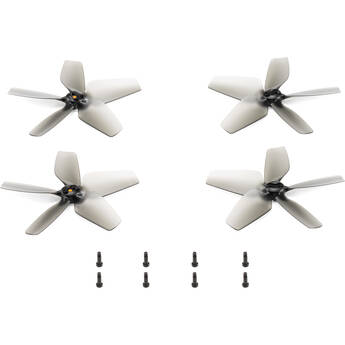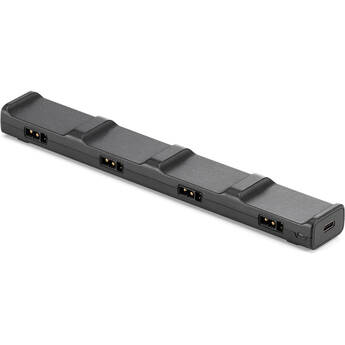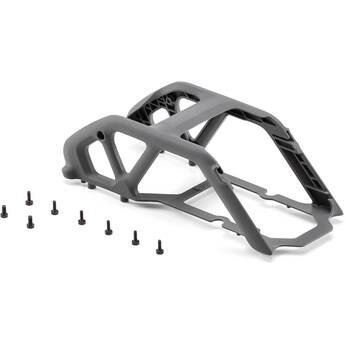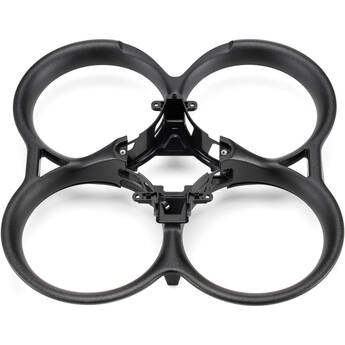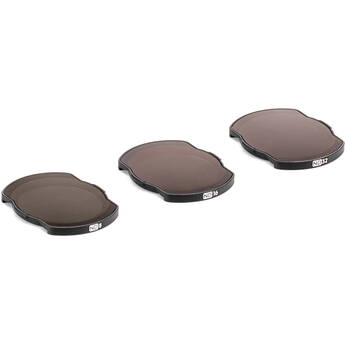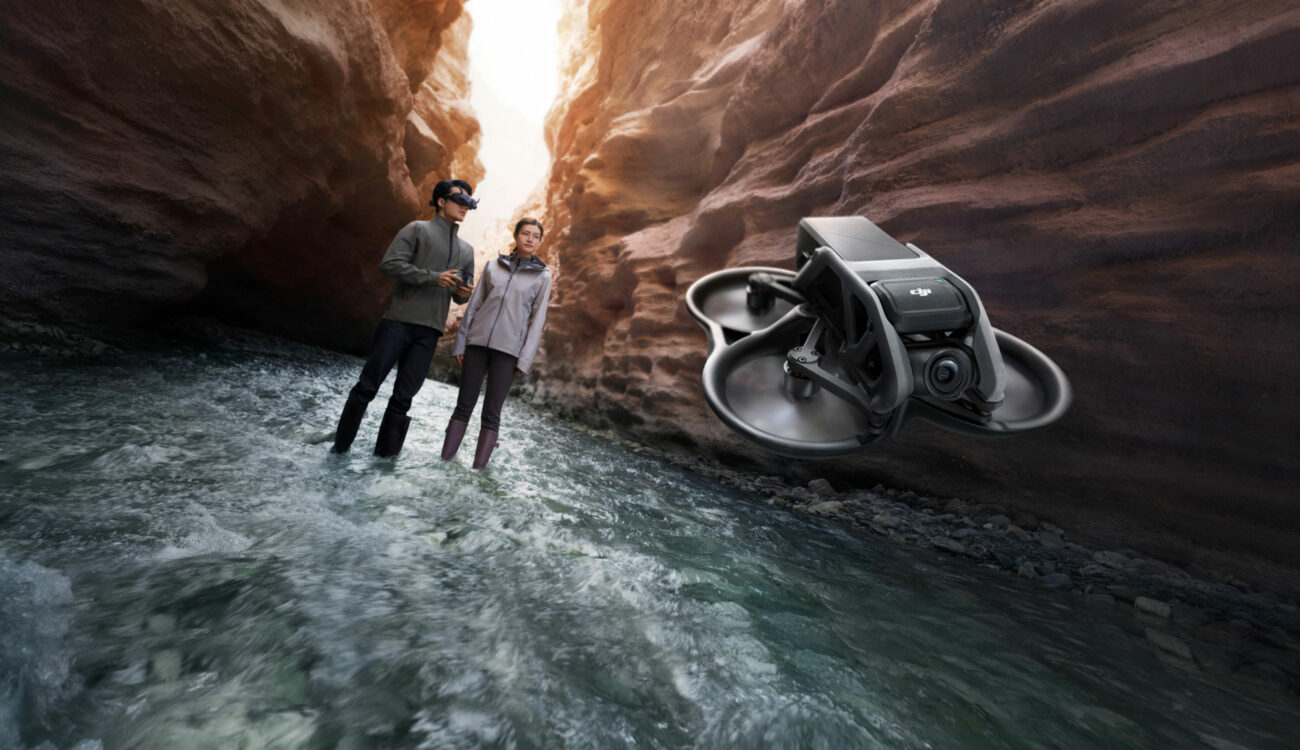
The new FPV Cinewhoop Drone DJI Avata offers a tiltable camera with up to 4K 60fps or 2.7K 120fps video recording with D-Cinelike. The drone is smaller and more lightweight than the DJI FPV and the propellers are guarded for more safety and ruggedness. Avata offers flight time of up to 18 minutes and multiple flight modes for all skill levels. The new DJI Goggles 2 are more compact and lightweight with DJI O3+ connection and adjustable diopters. The DJI Avata is available now starting at $629.
Undoubtedly, DJI has been dominating the traditional consumer and prosumer drone market for the last few years. With the increasing popularity of FPV drone flying among filmmakers, the Chinese tech giant understandably wants to conquer a large chunk of this market as well.
For FPV pilots who fly digital systems, DJI Goggles have been the go-to piece of equipment for years. The company has been supplying its FPV wireless system to other manufacturers for a long time, but it took until March 2021, that DJI launched its first FPV drone system including the aircraft itself – called simply DJI FPV (CineD review here). Today, the company announces the second generation FPV drone which improves on the DJI FPV in many ways while being much smaller, lighter, and more rugged. Let’s take a look at the new DJI Avata – an FPV Cinewhoop by DJI.
DJI Avata – smaller ducted Cinewhoop
DJI Avata is a much smaller drone than DJI FPV and its shape resembles smaller Cinewhoop quads from other manufacturers such as iFlight or GEPRC. The drone body only weighs 410 grams and the propellers are now guarded (you can use the term “ducted” although these are not real ducts) so the drone can withstand slight bumps into objects and is safer to fly around people, etc.
Philip Bloom's Cinematic Masterclass
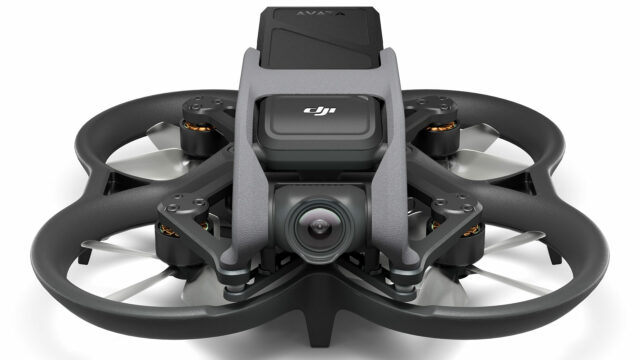
Unlike existing FPV drones, Avata can also hover in one place like a traditional drone and has many safety features – more on those later. If the drone lands upside down, it can be flipped back remotely and be ready for take-off again using the so-called turtle mode.
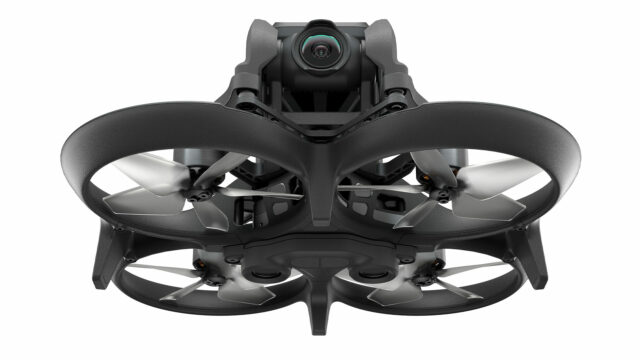
Flight time is an impressive 18 minutes. This might not sound like much compared to traditional foldable DJI drones, but it is a lot in the FPV world where the traditional LiPo battery packs usually last somewhere between 3 and 6 minutes. Additionally, DJI battery packs are much easier to handle than standard LiPo batteries for FPV drones which must be carefully stored with storage voltage, etc.
Three flight modes
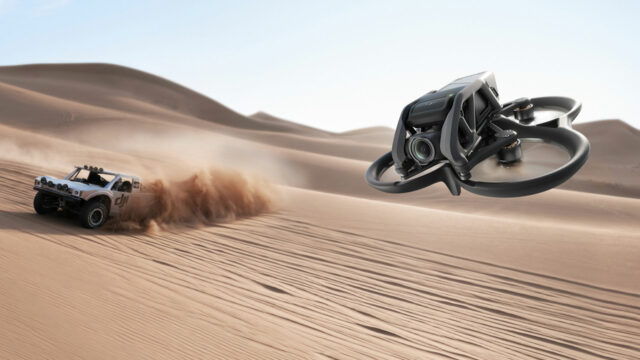
Just like with the original DJI FPV, the new DJI Avata also offers three different flight modes depending on the skill of the pilot:
- Normal (N) Mode: During N mode operation, DJI Avata operates similarly to other DJI drones, hovering in place with the use of satellite navigation and/or visual positioning systems (VPS) on the bottom of the drone.
- Manual (M) Mode (only with the DJI FPV Remote Controller 2): M mode provides complete control and the full FPV immersive flight experience with customizable flight parameters.
- Sport (S) Mode: A hybrid blend of M and N mode, S mode offers some of the dynamic movement capabilities that come with M mode along with some of the key safety features of N mode.
Just like every DJI drone lately, the Avata is controlled with the DJI Fly app which includes detailed tutorials on how to operate the drone. For users who want to practice FPV flying skills, the DJI Virtual Flight App is a free simulator app that allows pilots to fly DJI Avata virtually in various settings using the dedicated controller.
DJI Motion Controller

First introduced with the DJI FPV drone in 2021, the DJI Motion Controller is a one-handed device that steers the drone according to the movements of the pilot’s hand. DJI claims that the motion controller provides an intuitive experience so that even beginners can start using it to fly DJI Avata. On top of the motion controller, Avata can also be controlled with the existing DJI FPV Remote Controller 2.
Camera – up to 4K 60fps with D-Cinelike
The camera system of DJI Avata features a 1/1.7“ CMOS sensor with 48MP and a 12.7mm lens (full-frame equivalent, 155° viewing angle) with an f/2.8 aperture. It can capture video in up to 4K 60fps or 2.7K 120fps in MP4 with 150Mbps bitrate in either standard or D-Cinelike color profile. Despite the 48MP, the maximum still image size is only 12MP (4,000 x 3,000 pixels). Judging by the specs, the camera module seems to be identical to the one used in the DJI Action 2.
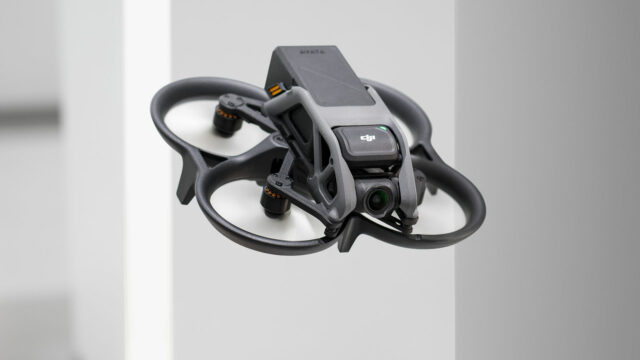
Just like with the DJI FPV drone, the camera can be freely tilted up and down. DJI’s electronic image stabilization systems called RockSteady and HorizonSteady are available as well and thanks to the very wide FOV they result in wide-angle stabilized footage. On top of a MicroSD card slot, DJI Avata also has 20GB of internal storage.
DJI Goggles 2
The new DJI Avata comes with new FPV goggles too. Called simply DJI Goggles 2, the new video headset is much smaller than the existing DJI FPV Goggles V2 (announced in 2021) while offering two Micro-OLED screens with adjustable diopters, so people who normally wear glasses do not need to use them with the goggles. On the side of the goggles, there is now also a touch panel to provide easy access to Avata’s settings.
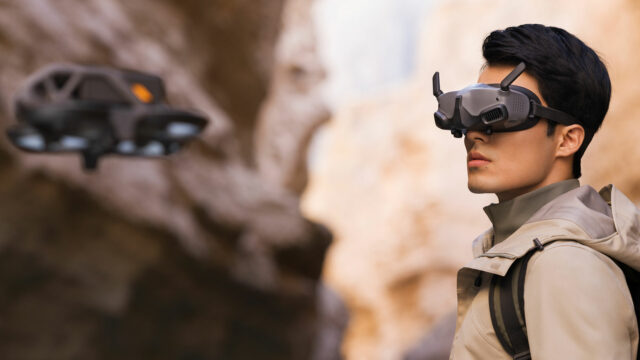
The new goggles connect to Avata using DJI O3+ transmission which should provide ultra-low latency 1080p up to 100fps video feed (with H.265 decoding) according to DJI. The transmission delay is approximately 30 milliseconds and the longest transmission distance is 10km (FCC-compliant) or 2km in Europe (CE-compliant). The goggles utilize auto-switching dual frequencies, a high bitrate of 50 Mbps, and anti-interference protection that, according to DJI, should ensure reliable feed.
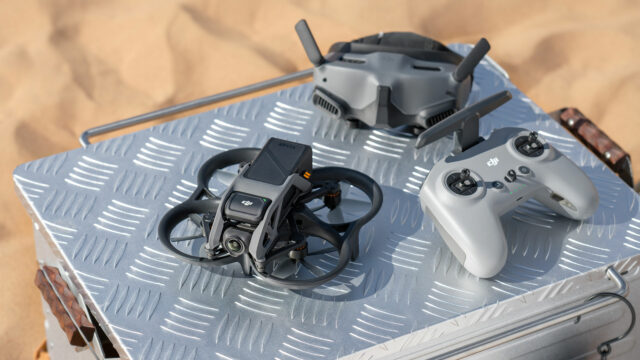
DJI Goggles 2 also offers a Wireless Streaming function to view the live feed from your mobile phone or computer on the goggles screen. That could be useful for using the goggles with an FPV simulator for instance. It is important to mention that Avata will still work with the DJI FPV Goggles V2.
Safety features
One of the most notable safety features is the propeller guards that make Avata withstand minor collisions. On top of that, DJI also equipped the drone with an emergency brake and hover feature that can stop the drone in the air and make it hover in one spot in case things get a little wild while flying. There is, of course, a return to home feature that will return the drone back to its home point in case the transmission gets lost or the battery reaches a critically low level.
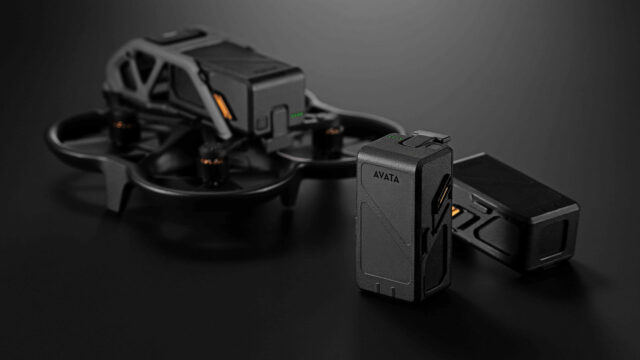
Additional safety features in DJI Avata include DJI’s GEO 2.0 geofencing system, and AirSense ADS-B receiver system to warn drone pilots in case there is an aircraft nearby. The drone also broadcasts DJI’s AeroScope signal to help authorities monitor airborne drones in sensitive locations.
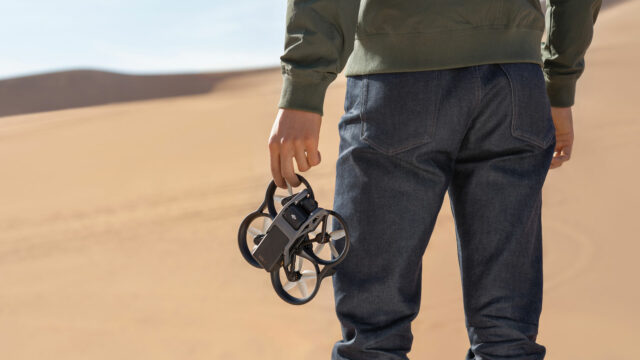
The next safety feature of DJI Avata is the Infrared Sensing System and a two-camera downward vision system. They help the aircraft maintain its current position, hover more precisely, fly indoors or in other environments where satellite navigation is unavailable, and identify areas such as bodies of water that are not suitable for landing.
Finally, DJI does not forget to mention that for safety reasons, pilots flying with goggles should pair with a visual observer to act as a spotter. In certain areas, this is even required by law.
Accessories and DJI Care Refresh
DJI offers a wide variety of accessories and spare parts for the DJI Avata. These include the batteries, charging hubs, propellers, upper frame, propeller guard, ND filter set (ND8, 16, and 32), and a backpack. All of these are sold separately.
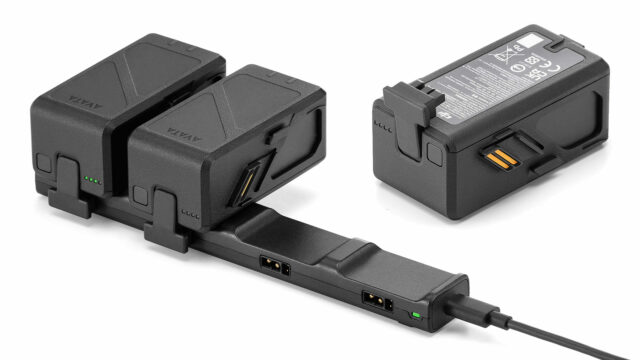
The good news is that there is an option to use DJI Care Refresh for the DJI Avata which can prove very useful as FPV drones, in general, crash more often than traditional drones.
Price and availability
As always with DJI drones, there are several packages available depending on the included gear:
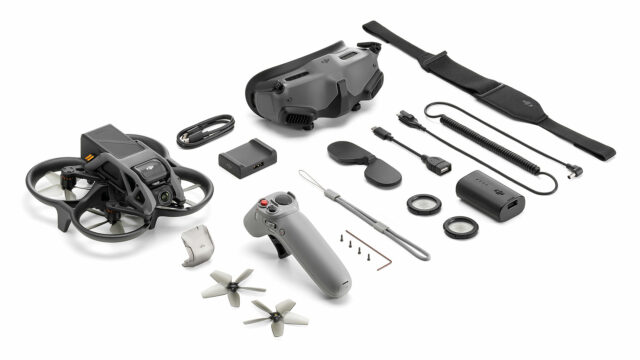
- A standalone version of DJI Avata will retail for $629 (in Europe around €579). This does not include any remote controller, motion controller, or goggles so it is suitable for DJI FPV owners for instance.
- DJI Avata Pro View Combo retails for $1,388 (in Europe around €1,429) and it includes the drone, DJI Goggles 2, and the DJI Motion controller.
- DJI Avata Fly Smart Combo costs $1,168 (in Europe around €1,149) and includes the drone, DJI FPV Goggles V2, and the DJI Motion Controller.
- DJI Avata Fly More Kit retails for $279 (in Europe around €249) and includes two DJI Avata Intelligent Flight Batteries and one battery charging hub.
What do you think about the new DJI Avata drone? Do you fly FPV drones? Would you try it with this one? Let us know in the comments section underneath the article.



